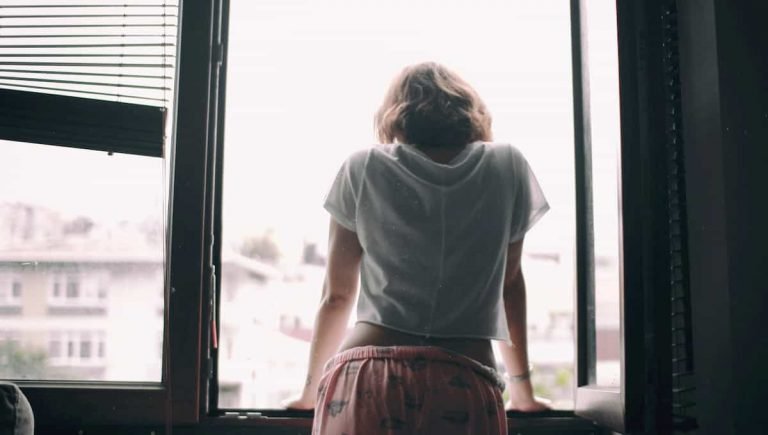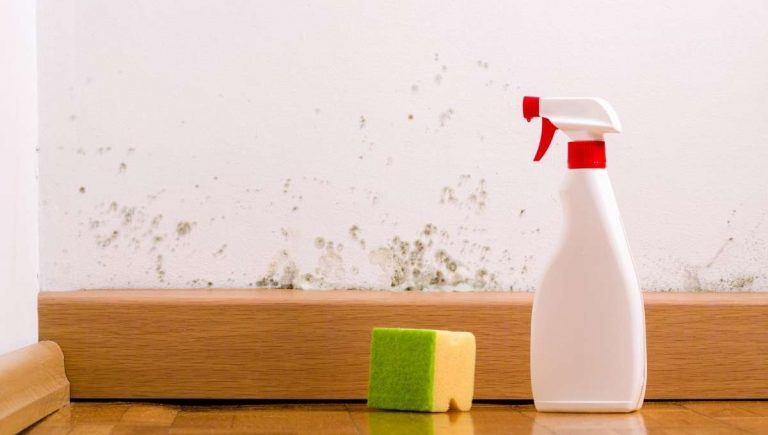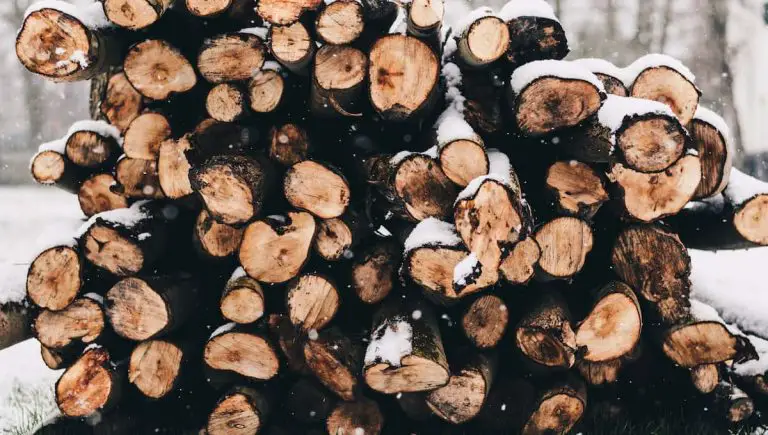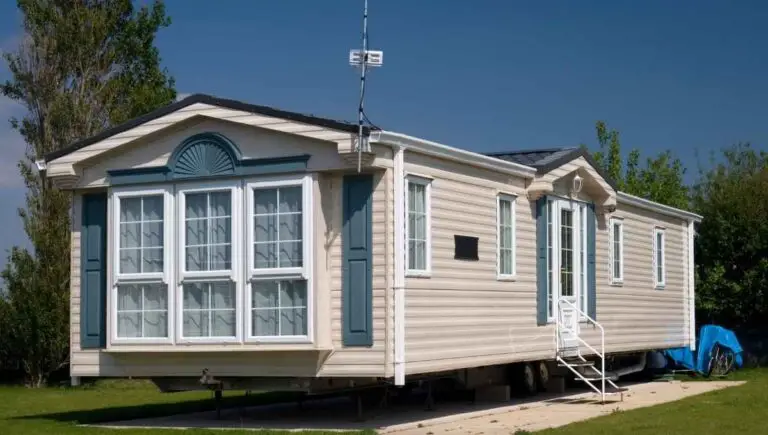How to Fix a Muddy Backyard Dog Trail

We love our dogs, but they’re not the cleanest animals to have around. Are there ways to keep your home mud-free while owning a pack of lovable hounds? Here’s how to fix a muddy backyard dog trail to maintain a clean house while keeping your pets active and happy.
With dog obedience classes, you can socialize your mutt, but even the most well-behaved canines traipse mud and dirt inside after a walk or a roll-around in the yard. This especially comes into play if you’ve trained your dog to sleep outside or they spend a lot of time outdoors.
This article looks at muddy dog yard solutions so that you don’t have to sacrifice your home for your beloved four-legged companions anymore.
How to Fix a Muddy Backyard According to Your Budget
Before you purchase the necessary materials, you should have a look at your budget because how you restore your muddy backyard depends on how much you can or are willing to spend on the project. This includes taking into consideration the size of your lawn and surrounding areas that need “dogscaping.”
You will also need to decide whether the muddy yard fix is something best left to the experts or if you’re taking on the home improvements yourself.
There are various types of fixes that will suit your budgetary and lifestyle needs, including temporary adjustments, as well as easy or permanent fixes.
Muddy Backyard Solutions That Are Quick Fixes
As the name implies, quick fixes will eventually need replacing but are efficient for short periods. From mulch and straw to pea-gravel, there’s a broad range of materials you can use that helps to reduce the mud brought into your house while helping to revive your dug-up or destroyed lawn.
Straw
Straw is often used as a temporary covering against mud, and also protects germinating grass seeds against digging dogs.
One issue that comes with covering the ground with straw is that it must be replaced frequently for the reasons explained below.
Straw absorbs moisture, which is excellent for cultivating grass but results in a lawn that never completely dries.
On top of standing on wet ground and soaking your shoes wherever you go outside (which is understandably frustrating), you should also be concerned about bacteria and fungus. These species breed over time, especially in moist areas – which is dangerous for your children and dogs.
At the same time, straw won’t stand the test of time, especially with dogs traveling the path daily and when there’s bad weather. Straw doesn’t absorb urine either, which can result in a terrible smell if you don’t remove old hay.
Sand
Another inexpensive fix for a muddy yard is sand. However, as far as muddy backyard solutions go, sand isn’t a popular choice to amend a wet and muddy lawn.
Sand works in that it covers up mud, but this creates another problem: sand gets everywhere, which is an issue enhanced by a dog’s instinct to roll around in it.
Not only does sand make its way indoors, but the medium conducts heat (which may be beneficial in winter), but can also burn your dog’s paws in summer, especially if the path lies in direct sunlight.
Mulch
Mulch, such as pine flakes for muddy yards, is popular among homeowners because it contains organic matter that is beneficial for the soil, not to mention being a top temporary fix for a muddy yard.
Once the mulch is laid over the surface of the soil, it can protect the ground from dogs that are prone to tearing up anything that lies in the path.
However, if you do use mulch, it’s important to note that it decomposes quickly and will need eventual replacing. The matter can last up to a year, but this depends on the mulch that you buy. By planting peat moss or sand in the soil before the mulch, you can slow down the decomposition process.
Popular material includes wood chips, which can be bought from nurseries or online and delivered to your yard for 15 dollars a pop. Spread the chips into position using a rake.
Mulch may be commonly used and is highly absorbent, but if ingested, it may be choking hazard for dogs that like to chew. Worst still, cocoa mulch can be toxic for dogs if it’s eaten.
Not just inedible and potentially dangerous for canines, but smaller pieces of flint that break off wood chips can cause painful splinters in dog’s paws.
Unless you have time to stand guard, watching your dogs play, urinate in the backyard, and ensuring they don’t what they shouldn’t, it may be better to search for other muddy yard solutions.
How to Fix a Yard With Semi-permanent and Quick Methods
Rocks
Rocks add some variety to your yard while also preventing the onslaught of muddy pawprints in your living spaces after a walk in the rain, and it’s not an overly expensive endeavor either.
However, a pile of rocks over soil might be regarded as kryptonite for your pooch, who may mistake the hard material as a new chew toy, thus damaging their teeth and insides.
At the same time, rocks could hurt your dog’s paws as they walk over them.
Pea Gravel
Placing pea gravel over the areas that your pet traverses is a relatively easy and cost-effective method that prevents muck from being brought indoors.
Not only low-costing, but pea-gravel stays down and won’t get muddy, even if it’s raining outside At the same time, the gravel absorbs urine, but it’s still essential to hose down the area every-so-often.
On top of being highly effective, the round edges of gravel stones are comfortable to walk on and forgiving on your pupper’s paws, and due to their small size, dogs won’t have a desire to eat the gravel either.
How to Fix a Muddy Backyard Dog Trail Permanently
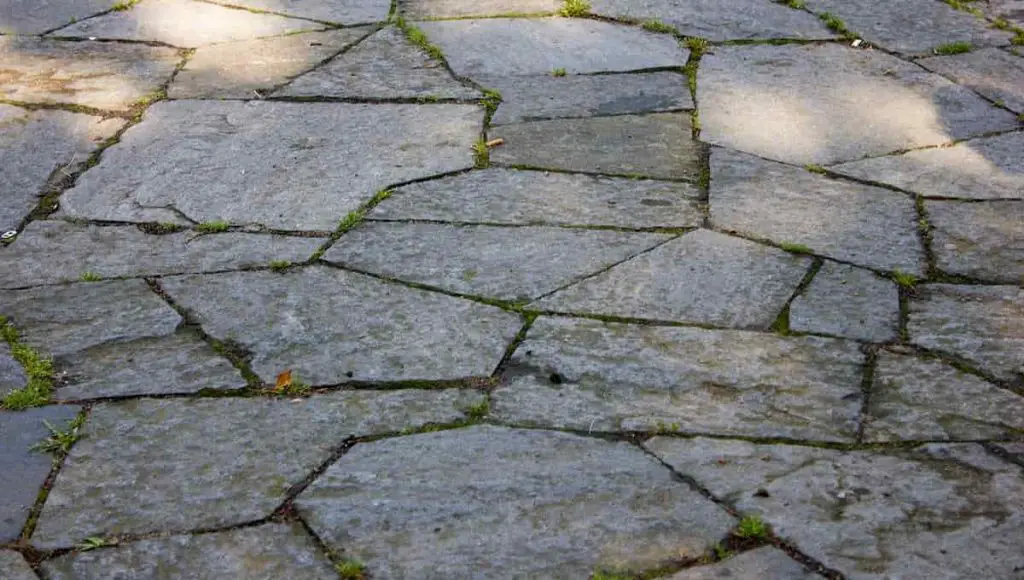
We’ve included a list of temporary solutions, but if you have the budget to fix the issue properly, it’s worth the higher expense. Additionally, correcting the problem using hardscaping and long-lasting techniques may be lighter on your wallet in the long haul.
Concrete
If you’re able to splurge, concrete is one of the best ways to cover mud that lasts. By paving the ground with cement, you’re also creating a clear pathway for your children to ride their bikes and play without getting covered in dirt.
However, for all its advantages, there are also disadvantages to using concrete. For one, dogs love to run around and chase things. Moving fast on hard asphalt is cause for injury in canines, where stress is placed on their legs, paws, and paw pads. At the same time, slabs of concrete aren’t comfortable for hounds to lie on.
It’s also important to remember that when you’re outside, shoes provide extra padding for your feet. When dogs are out, they’re barefoot. Running over hot concrete is bound to burn their paws.
If you do plan to use concrete, consider adding soft, cushy surfaces on top.
Flagstones
Flagstones or pavers are considered some of the best materials for building dog paths.
Not only aesthetically-pleasing garden features, but flagstones are also another viable permanent muddy dog yard solution for keeping debris outside.
Usually, the larger flagstones have flat surfaces, making it a challenge for any opportunistic dog to dig up.
If you’re laying the flagstones, remember to place them close together or fill the spaces between them with sand; otherwise, your dog’s claws could get stuck in the gaps.
Prefab Pavers
How to fix a muddy yard effortlessly?
Purchase prefab pavers from your local nursery or home improvement stores and place them in areas of the garden that your dogs destroy.
You can lay them how you want and implement cute garden design ideas found off Pinterest, but at the end of the day, they must be leveled.
Kennel Decking
Kennel decking may be the ultimate solution for how to fix up a muddy yard with dogs.
Where stones, wood, or natural materials aren’t potential options for you, kennel decking might be.
The advent of kennel decking is blowing up the internet, allowing homeowners to enjoy their house spot-free while providing their treasured animals with a safe (and fun) space to run around, without making a huge mess.
Wooden platforms can provide the most effective solution on how to cover muddy areas in the backyard, but there are some things you should first know:
- If you’re building your platform, make sure to place gravel, rocks, or soil underneath – that way, water can quickly drain when you clean it.
- Wood rots over time, so you’ll need to cover the material with a dog-friendly paint to make it weather-resistant and impervious to decay.
- We can’t stress enough the importance of purchasing non-toxic paint because the truth of the matter is that dogs chew. You don’t want to rush your canine to the vet because it’s been poisoned.
The cost of installing a kennel decking platform varies according to the wood used and whether you build it yourself.
How to Cover Muddy Areas in Yard Spaces Using Natural-looking Solutions

Embedding rock or wood in the ground might help to solve the issue of how to fix a muddy backyard dog trail, but it won’t leave much room for greenery – and what’s a garden without a lawn?
It’s a known fact that if you own a dog, your lawn is likely patchy and fading in areas. Dogs are territorial and urinate in the same places repeatedly, which wreaks havoc on the pH of the soil.
Synthetic grass is a little on the expensive side, especially if you have a big yard. However, the perks of having it installed are that it looks similar to a real lawn, but is made from materials that can’t be destroyed or damaged by your pets or the elements.
At the same time, artificial turf is a wonderful alternative to the organic kind because it’s soft underfoot and drains dog urine the same way it does water, so you won’t have to worry about the build-up and bad smells.
If you’re set on having real grass, then Bermuda, Rye, Kentucky Blue may stand a fighting chance against your beloved but destructive animals.
How to Dry Up a Muddy Yard: Landscaping Ideas
There are various creative solutions you can use to save your home and yard without resorting to drastic and costly measures.
One way to do so is with plants – dense plants will deter a hound wanting to dig. You can either widen your plant beds by connecting separate ones, thus reducing the space your dog can roll around in the mud and muck.
Otherwise, plant new species, taking care to place temporary fencing to ward off curious pets until the plants are established.
How to Fix a Muddy Backyard Trail: Online Purchases
If you aren’t much of a DIY’er, these products will undoubtedly come in handy as you attempt to reclaim your yard.
PET GROW Artificial Grass Rug
Enjoy year-round green grass, impermeable to the elements and your pets.
Why buy it? With its four-tone color and lush feel, the thatch looks and feels real.
The rug has drainage holes to empty urine and water, preventing build-ups.
Bare Decor EZ-Floor Interlocking Flooring Tiles
Build-your-own wooden platform with water-resistant eucalyptus or acacia wood.
Why buy it? Easy-to-assemble – no tools are required.
Can cover larger areas, such as balconies, patios, and pathways.
DuraGrid Kennel Deck Flooring
Keeps dogs off undesirable flooring without limiting their outdoor fun.
Why buy it? It’s long-lasting – resistant to mold, mildew, and bacteria.
Installed with a state-of-the-art self draining and circulation system.
Organic Mulch for Garden Borders
Keep mud away and the soil healthy using organic materials.
Why buy it? Reduces moisture and improves the fertility of the soil
Will enhance the visual appeal of your garden.
Recap: the Ultimate Guide on How to Fix Muddy Yard
We love dogs, but it can be hard to keep a space neat and tidy when there’s a pet or two present. Hounds love to dig, and they don’t exactly wipe their paws when coming inside.
If you don’t have the time to clean your dog every time he or she comes back dirty, here’s what to put on muddy yards.
- How you correct the problem depends on the constraints of your budget. There are inexpensive temporary solutions, quick fixes, and long term solutions.
- Placing mulch, sand, and straw over a muddy patch of lawn is effective but short-lasting, and aren’t fail proof methods. Make a pros and cons list before embarking on these routes.
- Rocks and pea gravel require minimum effort and are uncomplicated fixes. However, be wary of rocks because choking can occur if unwitting dogs and young children chew on them.
- Concrete looks neat and is a great solution for humans, but not so much for dogs. Concrete blocks conduct heat and place stress on a dog’s body. Consider covering the concrete with something soft or fill the cracks with some sediment. Flagstone may be a more viable alternative.
- Kennel decking is hugely popular among animal lovers. Using wood to elevate dogs from undesirable flooring, your dogs can enjoy the outdoors, and you can enjoy a clean home.
- What’s a garden without green grass? Artificial lawn is authentic and can’t be destroyed by digging or dog urine.


